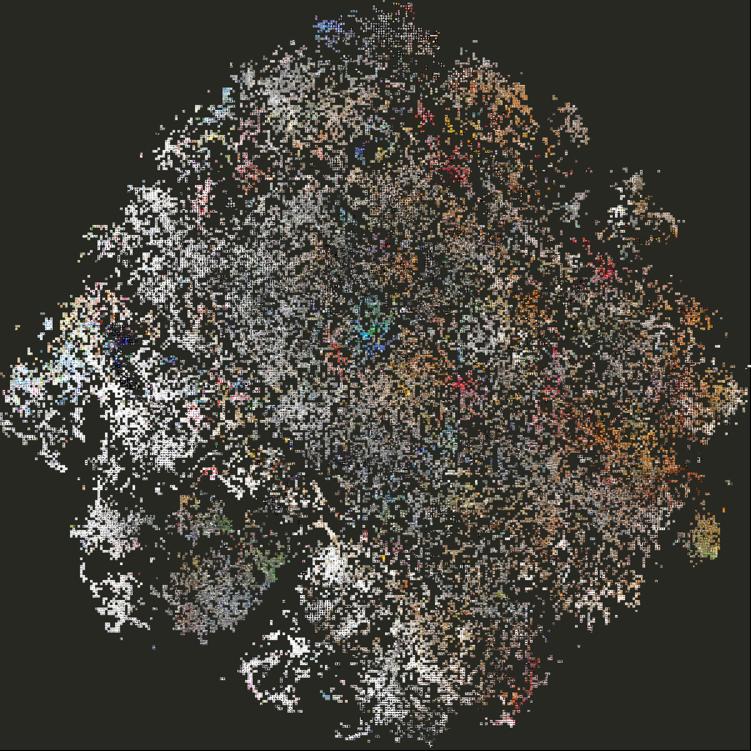Introduction
Publication
- Hyun Oh Song, Yu Xiang, Stefanie Jegelka and Silvio Savarese. Deep Metric Learning via Lifted Structured Feature Embedding. In IEEE Conference on Computer Vision and Pattern Recognition (CVPR), 2016. pdf, bibtex, technical report
Code and Dataset
- The github repository for this project is here.
- The Stanford Online Products dataset (2.9G) is here.
References
- S. Bell and K. Bala. Learning visual similarity for product design with convolutional neural networks. In SIGGRAPH, 2015.
- F. Schroff, D. Kalenichenko, and J. Philbin. Facenet: A unified embedding for face recognition and clustering. In CVPR, 2015.
- C. Wah, S. Branson, P. Welinder, P. Perona, and S. Belongie. The caltech-ucsd birds-200-2011 dataset. Technical Report CNS-TR-2011-001, California Institute of Technology, 2011.
- J. Krause, M. Stark, J. Deng, and F.-F. Li. 3d object representations for fine-grained categorization. ICCV 3dRR-13, 2013.
- C. Szegedy, W. Liu, Y. Jia, P. Sermanet, S. Reed, D. Anguelov, D. Erhan, V. Vanhoucke, and A. Rabinovich. Going deeper with convolutions. In CVPR, 2015.
Acknowledgements
- We acknowledge the support of ONR grant #N00014-13-1-0761 and grant #122282 from the Stanford AI Lab-Toyota Center for Artificial Intelligence Research.
Contact : hsong at cs dot stanford dot edu
Last update : 5/20/2016

